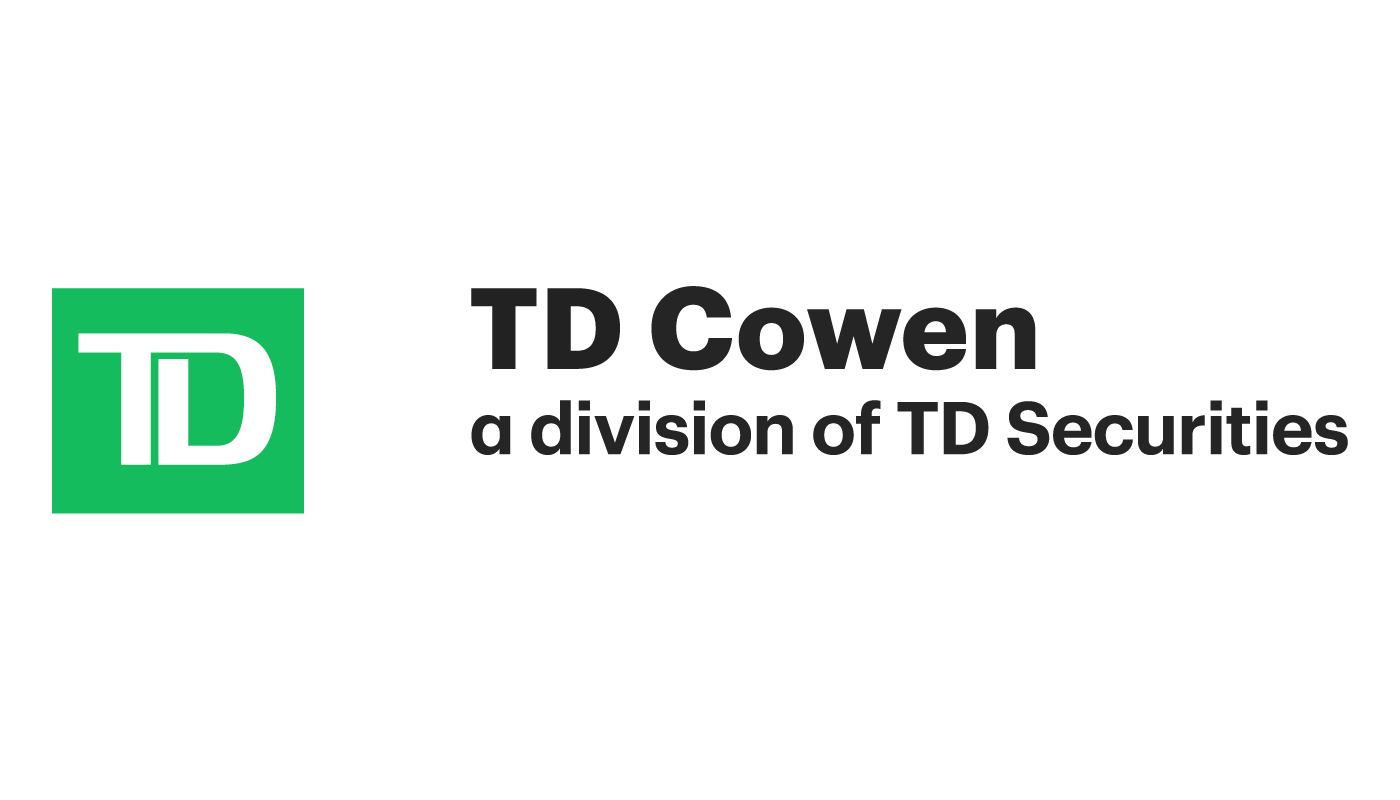Andrii Yalanskyi/iStock via Getty Images
With capital markets activity still muted since the boom immediately after the pandemic, big banks are looking to reduce staff to improve their efficiency.
Q3 earnings calls illustrated the moves they’re making and what to expect as the year ends. With New York City finance jobs at their highest level in 20 years and investment bank activity in the doldrums, it’s no surprise that banks are looking to cut costs. Compensation comprises the largest proportion of a bank’s expenses. (See chart below.)
Citigroup (NYSE:C) has been reorganizing since Jane Fraser became CEO in 2021 and recently announced a fresh round of reducing management layers. It hasn’t provided an estimate of how many jobs will be cut in the process, but Chief Financial Officer Mark Mason gave some clues on the earnings call.
The company has taken ~$600M of repositioning charges year-to-date, bringing headcount down by roughly 7,000, he said. “And so we’ll continue to do that,” Mason said. Note that Citi (C) had direct staff of 240K at Sept. 30, 2023, unchanged from June 30, 2023.
“We haven’t even begun to take repositioning charges associated with the org simplification that’s underway,” he added. “That will come in the fourth quarter and in the first quarter of next year.”
Automation and the company’s efficiency efforts will reduce headcount, but there will be some offsets. “While we’re investing and hiring on the front end to capture the upside as markets turn, but also as we position ourselves to grow with clients, we’re also going to realize efficiencies that come out of headcount reduction,” he said.
Bank of America (NYSE:BAC) said its headcount dropped by 7K since its peak in January, even as it hired 2,500 college graduates in the Fall. “As a result, you’ve seen expenses decline from $16.2B in Q1 to $16B in Q2 to $15.8B this quarter. By the way, we’ve done this without special charges or large layoffs,” said Chairman and CEO Brian Moynihan during the company’s Q3 earnings call.
Bank of America’s (BAC) headcount declined to 212,752 at the end of Q3 from 215,546 at the end of Q2, or 2,794 fewer positions.
The company is determined to bring the expense number down to $15.6B, said ” Bank of America (BAC) CFO Alastair Borthwick. “All of this is going to set us up well for next year.”
Goldman Sachs (NYSE:GS), which has been retrenching from its foray into consumer finance and right-sizing to the current capital markets environment, implemented significant job cuts earlier this year, something it does not intend to repeat anytime soon.
“We think that the work we’ve done to right-size the firm is something that puts us in a position to now make more selective investments in our headcount on the forward,” CFO Denis Coleman said. “So we don’t expect that type of severance to repeat itself.
The company incurred costs of $275M for severance costs year-to-date, with $260M of that before Q3, he said. During Goldman’s (GS) Investor Day in February, the company set a goal of $600M in run-rate payroll efficiencies for 2023 and 2024. “And we are currently tracking to surpass that goal,” Coleman said.
At Goldman headcount increased 3% Q/Q in Q3 to 45,900, but has declined by 7% from a year ago.
Wells Fargo (NYSE:WFC) has cut headcount every quarter since Q3 2020, most recently trimming it by 3% in Q2 and 5% from a year ago, said Senior Vice President and CFO Michael Santomassimo. “We believe we still have additional opportunities to reduce headcount and attrition has remained low, which will likely result in additional severance expense for actions in 2024.”
Cost-cutting has been a big part of CEO Charlie Scharf’s plan for the company after admitting the bank’s costs were too high soon after he joined the company. At Sept. 30, Wells Fargo’s (WFC) headcount stood at 227,363, down 6,471 from June 30.
JPMorgan Chase (NYSE:JPM), though, appears to be bucking the trend. Its expenses rose in Q3 2023, largely driven by an increase in headcount, including front-office and technology investments.
JPMorgan’s headcount added 8,603 to its staff in Q3, bringing its total to 308,669.
Meanwhile, Morgan Stanley (NYSE:MS) didn’t mention headcount, staffing levels, personnel, or severance in its Q3 earnings call. A large focus of its call was the completion of integrating its E*Trade acquisition.
| (millions of $s) | Compensation | Total operating expenses | Compensation as % of noninterest expense | Revenue | % of Revenue |
| Goldman Sachs | 4,188 | 9,054 | 46% | 11,817 | 35% |
| JPMorgan Chase | 11,726 | 21,757 | 54% | 39,874 | 29% |
| Wells Fargo | 8,627 | 13,113 | 66% | 20,857 | 41% |
| Bank of America | 28,870 | 48,114 | 60% | 76,622 | 38% |
| Citigroup | 6,745 | 12,749 | 53% | 18,508 | 36% |
| Morgan Stanley | 5,935 | 9,994 | 59% | 13273 | 45% |
Source: Company filings.








































